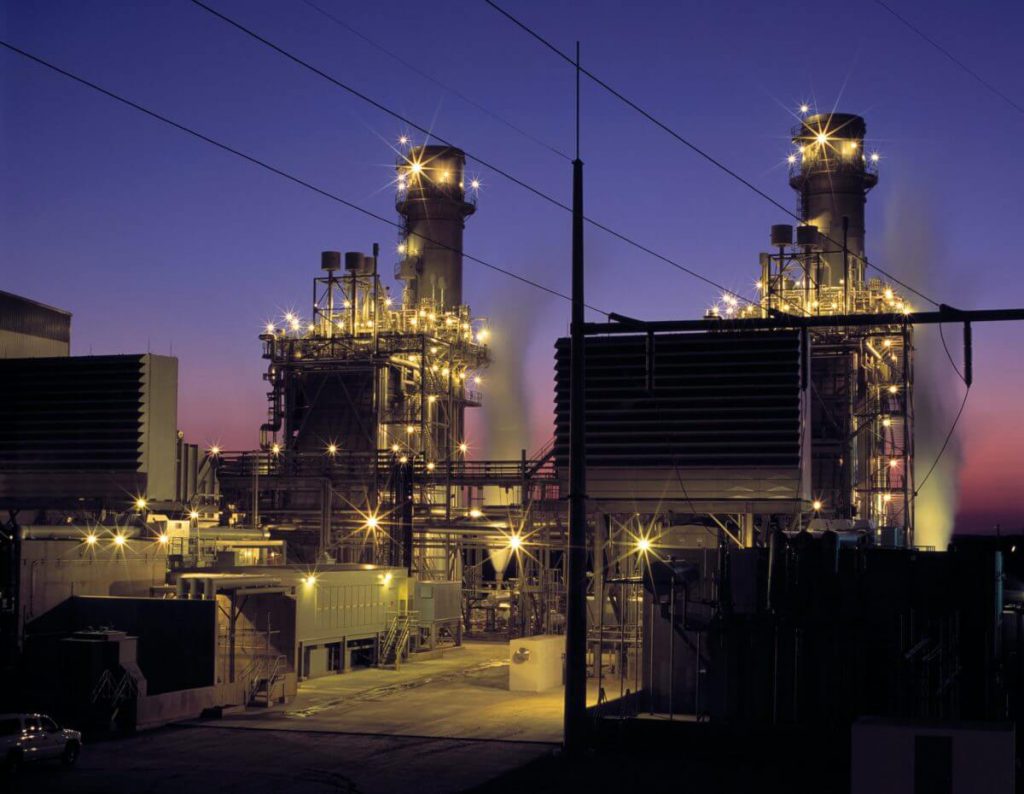
United States Natural Gas Rises From Five-Month Low
On December 6th, US natural gas futures hit a five-month low of $5.3. However, they have since recovered to trade at the $5.8/MMBtu level. This is due to projections of colder weather and higher heating demand than previously anticipated over the next two weeks.
Prices are still abnormally low for this year, with the US benchmark down more than 15% this month. Milder weather for the majority of October and November delayed the start of the winter heating season, and record production levels only fueled the pessimistic outlook.
Since the beginning of December, the average gas output in the Lower 48 US states has increased to a record 99.6 bcfd, up from 99.5 bcfd in November.
The Freeport LNG export plant in Texas, which was shut down in June after a fire, anticipates starting to resume operations only by the end of the year, another delay brought on by a lack of regulatory approval.
Natural gas and oil are not utilized for the same purposes. While the demand for gas is mostly driven by peak electricity consumption. Also residential heating, the demand for oil closely matches the demand for transportation fuel. Technically, we do burn them both to provide heat, although coal and firewood might also be considered as alternatives. The main aspect that separates their costs is how few users can switch between them in response to price signals.
Why is oil, measured in dollars per BTU, so much more expensive than natural gas?
The prices were linked during times of lower oil prices. Compared to coal, producing power with oil used to be quite affordable. Additionally, it was produced in higher amounts than it is now as heating oil. Through the 1980s and 1990s, rising oil prices and EPA regulations compelled power utilities, companies, and some homes to move. Whenever practicable, from oil to gas. Users of heating and power generation only consider BTUs. Hence the option to move from oil to gas heating acted to balance the costs per BTU.
The demand curves for gas and oil split completely when there were no more ways to switch from using oil to using gas for heat or power. The cost of a BTU would likely recouple if the price of oil falls to the point where it is cost-effective to use it in the production of electricity. Prices would undoubtedly recouple if everyone drove vehicles that could operate on either compressed natural gas or gasoline. The capacity of users to switch is crucial.
The cost of gas per BTU was still quite comparable to the cost of oil per BTU as recently as 2008. The supply curves were still reasonably related since energy companies drill for whatever is most profitable in terms of extraction costs. Oil businesses choose whether to drill more gas.


